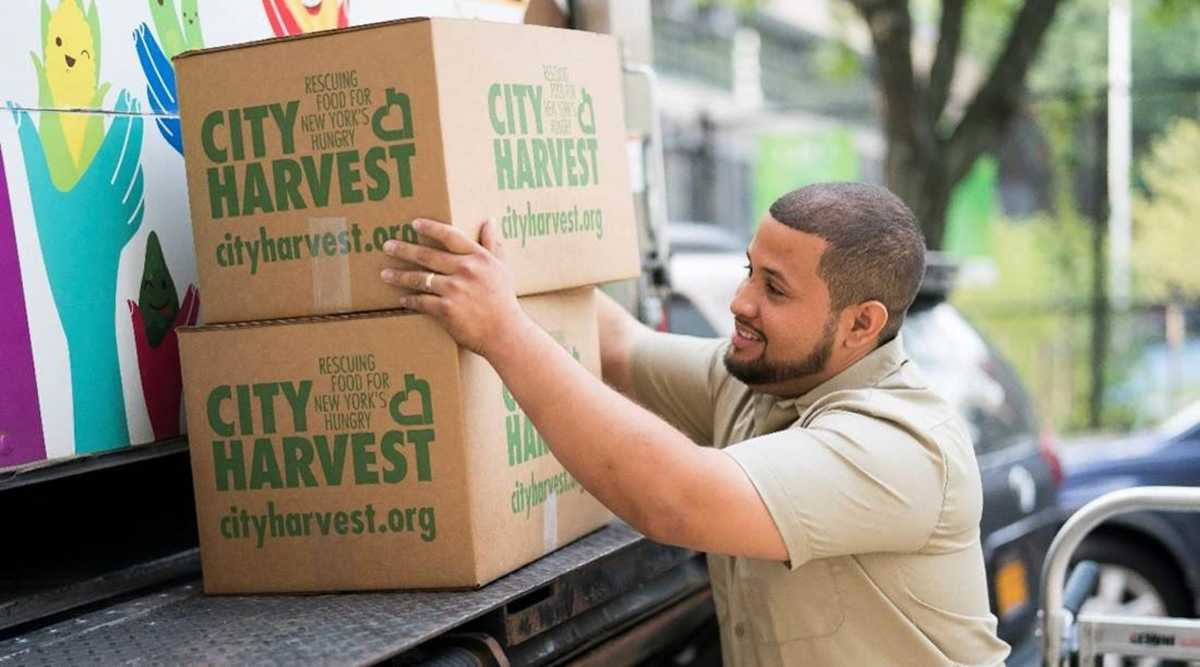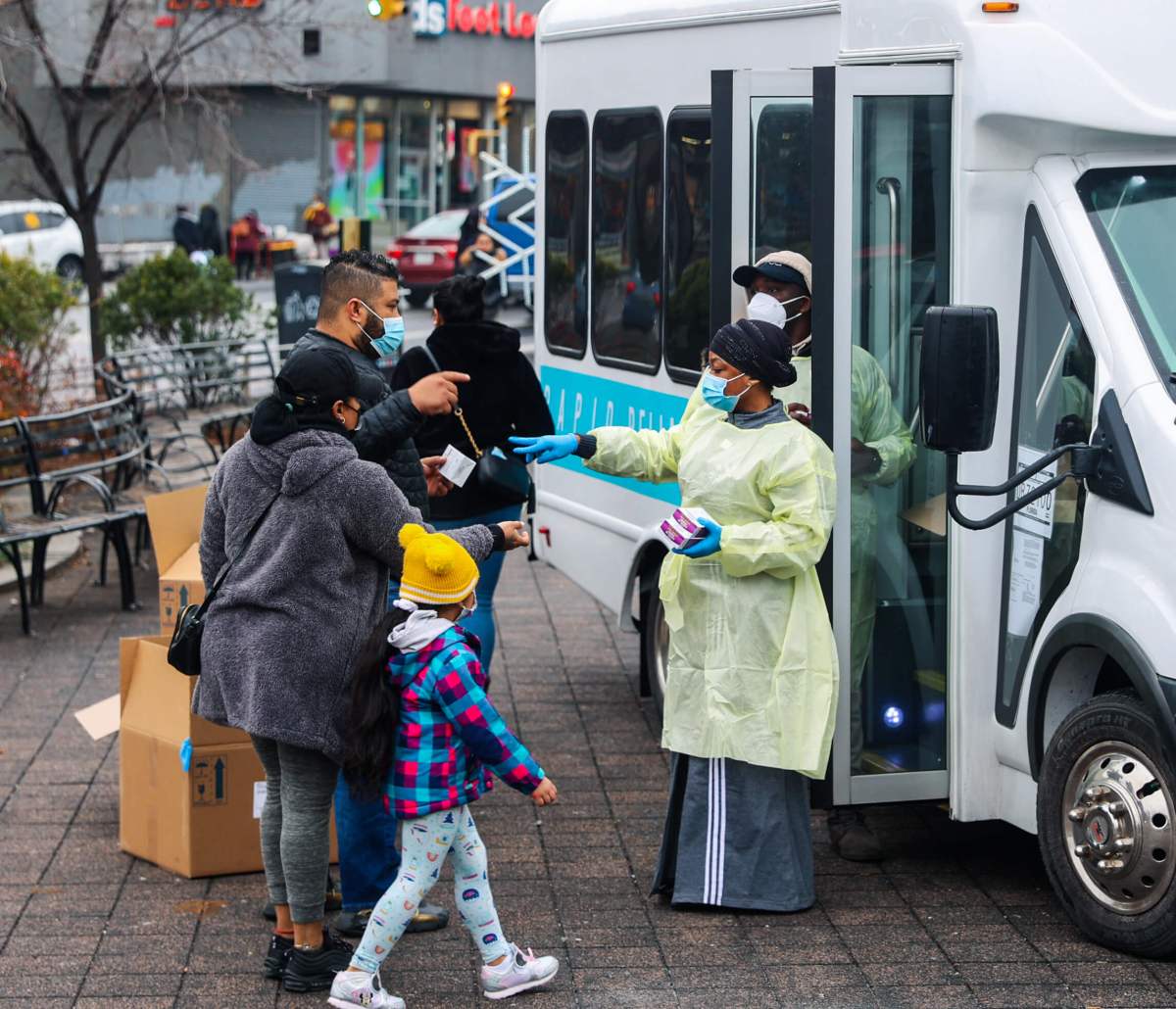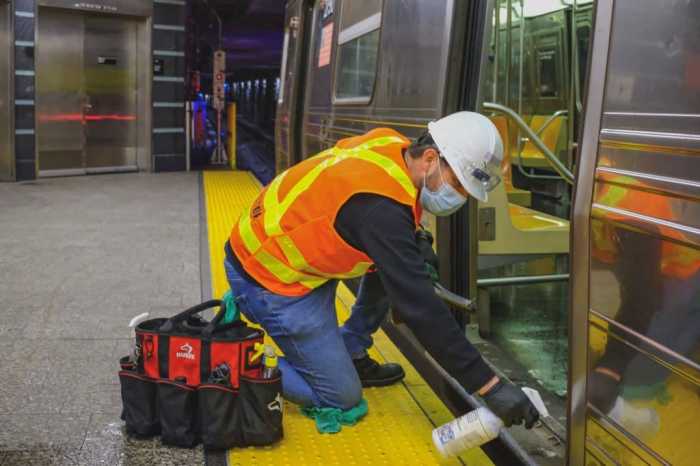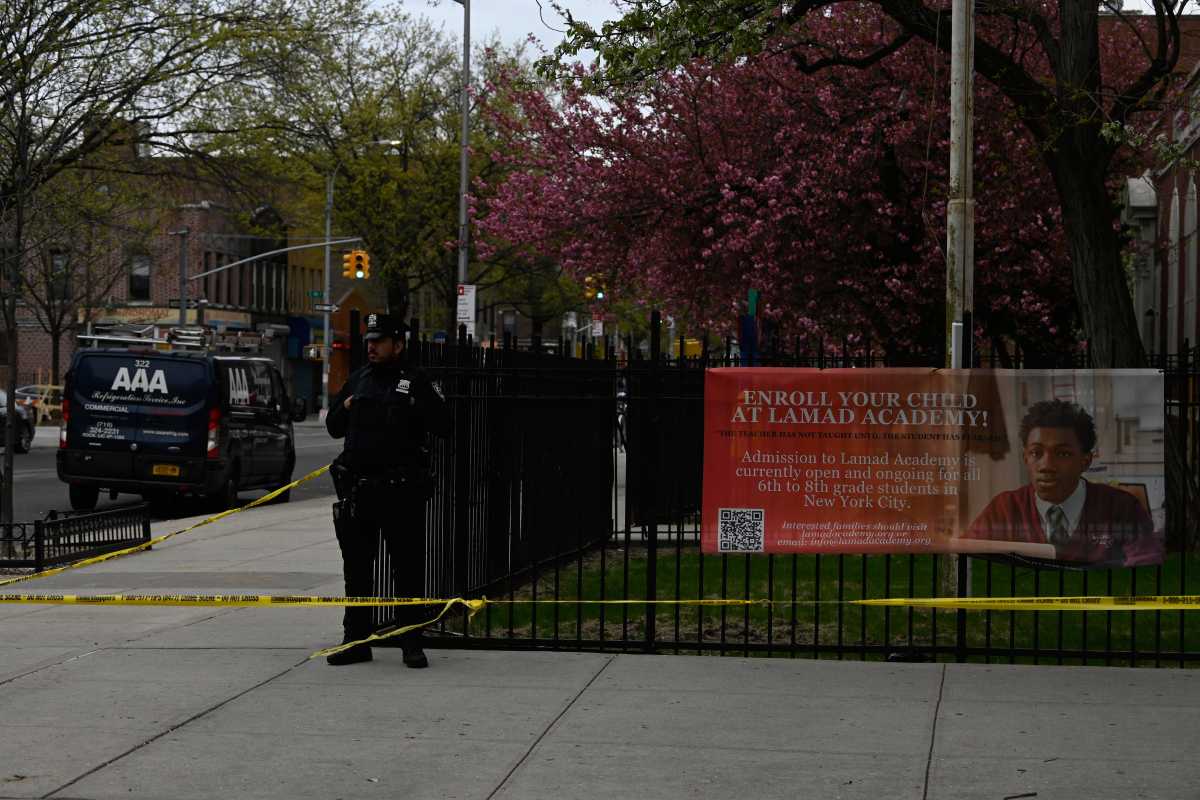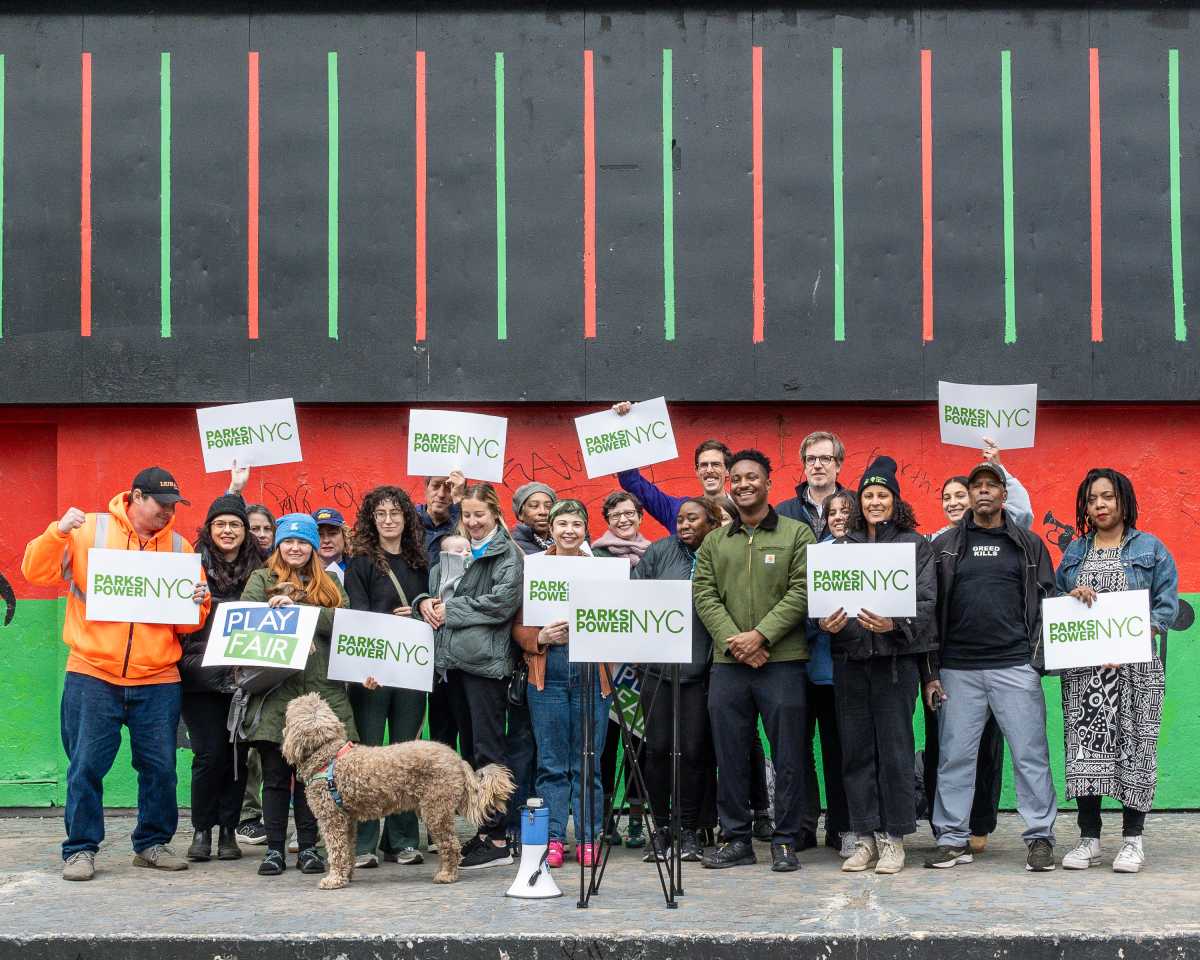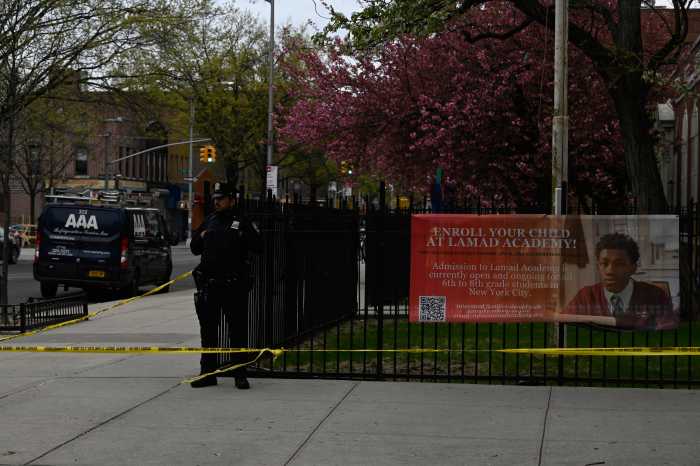When the COVID-19 pandemic got tough in New York City, City Harvest got going — delivering tens of millions of pounds of food to pantries, health care providers and individual New Yorkers in need.
The nonprofit has been operating 24/7 since the crisis began in March, and it anticipates that their work will only grow in the months ahead — as uncertainty remains about a second COVID-19 wave, and the city continues to endure economic turmoil related to the pandemic.
City Harvest released on Thursday a six-month report, “Always Here for NYC: Feeding Our Neighbors Through COVID-19,” which outlines what the nonprofit has done over the first six months of the crisis to keep food on the table for New Yorkers who’ve suffered financially.
Early on, City Harvest stepped up its efforts to provide food to more than 400 soup kitchens, pantries and community centers across the five boroughs. But when these centers began closing to the public, largely due to enacted capacity restrictions, the nonprofit helped formulate a network of 30 emergency food distribution sites to ensure that New Yorkers could get nourishment.
In all, more than 56 million pounds of food have been “rescued,” as City Harvest refers to items donated by restaurants and other businesses, and distributed to the public. More than 850,000 pounds of fresh produce was distributed to public schools during the pandemic — over three times the amount donated during the prior year.
But the instability of the crisis forced City Harvest to purchase more shelf-stable food — spending $6.5 million on items that can last long on their shelves and in the homes of those in need. The generosity of City Harvest donors helped pay for that additional, unexpected cost, according to the report.
The nonprofit also worked through the federal Coronavirus Food Assistance Program to bring 13 million pounds of food directly to those impacted by the pandemic.
And yet, City Harvest anticipates they will remain busy feeding New Yorkers for quite some time.
The report points to the economic peril facing so many New Yorkers during the pandemic. The city’s unemployment rate hovers about 20%. Food insecurity, which was problematic before the crisis, is expected to increase by 38% citywide, including by 49% among children.
“City Harvest has always stepped up to feed New Yorkers in times of crisis,” the report notes. “We are committed to feeding everyone who was relying on us before the crisis and every New Yorker—many seeking food assistance for the first time — who needs help now and during the uncertain months to come.”
The report was released amid City Harvest’s ongoing fundraising effort during Hunger Action Month. To read the full report and/or donate, visit their website, cityharvest.org.



